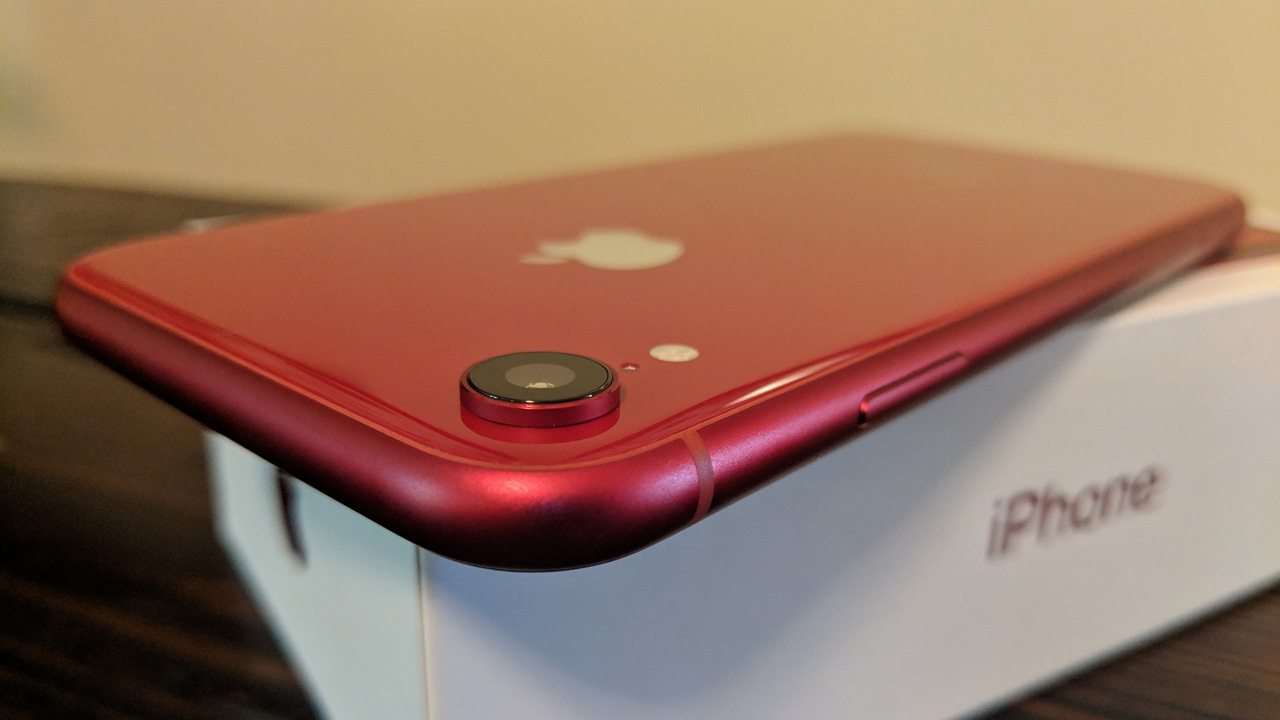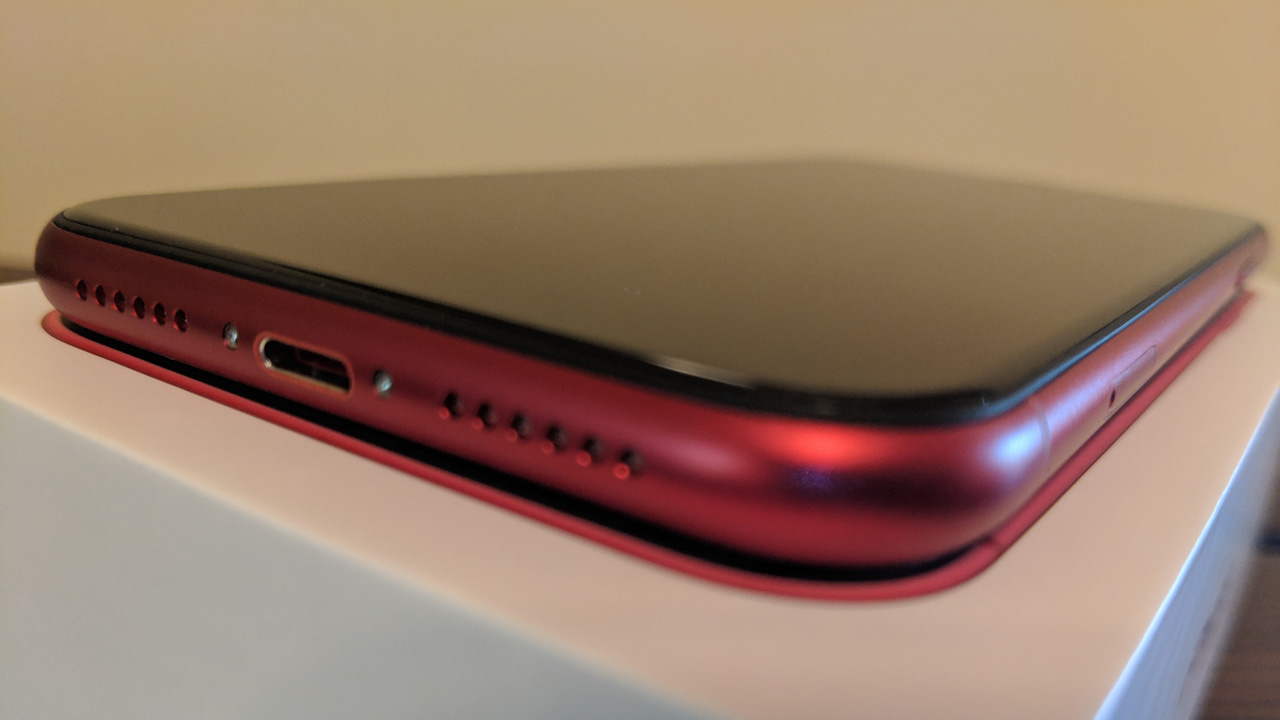Apple iPhone XR First Impressions
- Paul Thurrott
- Oct 30, 2018
-
33

Launched alongside the iPhone XS, the iPhone XR is a more affordable and colorful take on Apple’s latest smartphone design.
But if you’re feeling a sense of déjà vu, you’re not alone: The iPhone XR is eerily reminiscent of the iPhone 5C, which Apple launched in 2013 alongside the flagship iPhone 5S.
Windows Intelligence In Your Inbox
Sign up for our new free newsletter to get three time-saving tips each Friday — and get free copies of Paul Thurrott's Windows 11 and Windows 10 Field Guides (normally $9.99) as a special welcome gift!
"*" indicates required fields
As you may recall, that year marked the first time that Apple tried to sell two new iPhones side-by-side; previously, it had only kept older phones in market at reduced prices. But the iPhone 5C was a failure for Apple, never to be repeated. But the iPhone XR doesn’t repeat the mistakes of its spiritual predecessor. Apple, very clearly, has learned its lesson.
See, the iPhone 5C had problems. It had the same innards and of its predecessor, the then year-old iPhone 5, so it seemed out of date from the get-go. The iPhone 5S, meanwhile, shipped with a superior next-generation 64-bit processor architecture. Likewise, the iPhone 5C’s design, while colorful, seemed cheap. The iPhone 5S shipped with a premium aluminum design.
Flash forward to 2018, and Apple is moving entirely to the new iPhone design that was instituted by the iPhone X. So this year, the firm is offering two iPhone flagships, the iPhone XS and XS Max, which share internals, camera systems, and virtually everything else other than display sizes. But they’re both very, very expensive: The iPhone XS starts at $1000, while XS Max pricing begins at $1100.
Enter the iPhone XR, Apple’s take on a cost-reduced second-generation iPhone X. I previously described this handset as the sweet spot of the 2018 iPhones. And now that I have one in hand, I feel even better about that assessment.

Unlike the iPhone 5C, the iPhone XR does not make do with previous-generation internals; if that were going to be the case, Apple could have simply skipped out on this model altogether and simply kept the 2017 iPhone X in market. So it has the same A12 Bionic processor, the same Face ID technology and sensors, the same wireless charging capabilities, and the same basic design.

Like the iPhone 5C, the iPhone XR is much more colorful than its flagship siblings. It arrives in six often vibrant colors—blue, white, black, yellow, coral, and red, which is the version I purchased—as opposed to just three—silver, space gray, and gold—for the XS and XS Max. To achieve this, Apple had to cut some corners and utilize aluminum instead of stainless steel. And … who cares? The phone is gorgeous to look at—especially the deep red version I have—and feels premium to the touch. No loss there.

Apple also saved money on the display. Instead of the OLED of the XS—which I feel is perhaps the best display I’ve ever experienced—Apple’s less expensive iPhone XR utilizes a more cost-effective LCD panel that arrives in a lower resolution and pixel density. In real-world terms, the only issue here is that the display requires backlighting, which required Apple to surround it by a noticeably bigger bezel than seen on the iPhone XS. But it’s a beautiful, rich, and colorful display. And while I’m sure viewing an XS and XR side-by-side would highlight these issues nicely, in just using the XR, I’ve not felt like Apple cheaped out here. This is the right kind of compromise.

Speaking of compromises, Apple also saved money on the camera: Where the XS and XS Max feature an excellent dual-lens camera system, the XR features an old-school (for Apple) single lens, 12 MP camera that, externally, resembles the cameras from the iPhone 7 and 8. However, it is identical to one of the lenses in the iPhone XS, and will almost certainly deliver high-quality shots. I will be paying a lot of attention to this in my testing, of course. But the point here is that, like the display, this is a compromise that won’t likely bother too many customers.

There are other minor differences. The iPhone XR is water resistance rated to 1 meter for up to 30 minutes, whereas its big brothers can go to 2 meters for the same time frame. The available storage capacities are different, too, but here I think the XR comes out ahead: You can choose between 64, 128, and 256 GB, whereas the XS/Max offers a weirder and more expensive range of 64, 256, and 512 GB. The RAM is allegedly less here, too, at 3 GB vs. 4, but I think the lower-resolution display negates any advantages for the XS.

I intend to keep one new iPhone, and the iPhone XR would certainly be the more affordable option. Configured as purchased, this iPhone XR—with 128 GB of storage—cost about $800 before taxes and fees. A comparable iPhone XS—with 256 GB of storage, since 128 is not an option—would cost $1150, fully $350 more. Assuming you’re not bothered by any of the XR’s “shortcomings”—and so far I am not—that difference makes it a no-brainer.

So we’ll see. But so far, I feel great about the iPhone XR. It is such a rarity to describe any Apple product as a good value. But in this case, I think it applies.
Tagged with
Conversation 33 comments
-
PeterC
<p>I'm looking forward to your review(s) and findings. Ive got my eye squarely on one of these. Mind you that new ipad pro is also winking at me from across the room too ……</p>
-
PeterC
<blockquote><em><a href="#358316">In reply to pwrof3:</a></em></blockquote><p>Good point, second user price in uk for the X is £800 ish, trade in old iPhone too and that’s even sweeter. I’d do it for the screen.</p>
-
dontbe evil
<p>ROTFL</p>